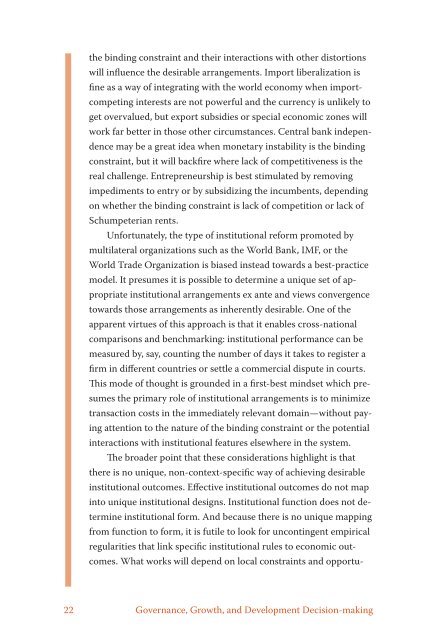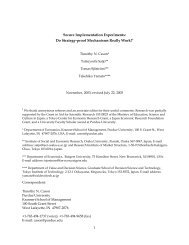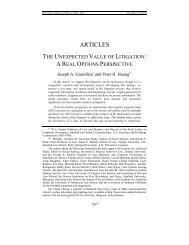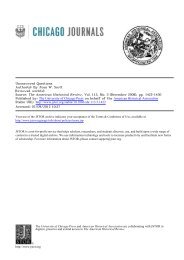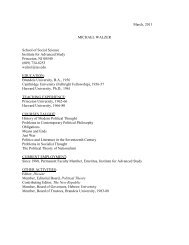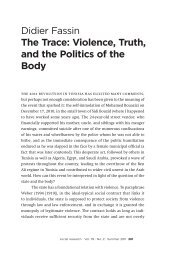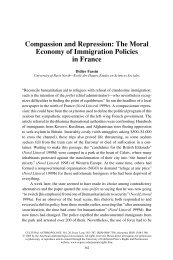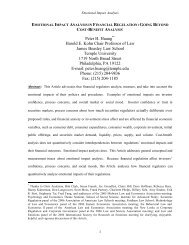Governance, Growth, and Development Decision-making - School of ...
Governance, Growth, and Development Decision-making - School of ...
Governance, Growth, and Development Decision-making - School of ...
You also want an ePaper? Increase the reach of your titles
YUMPU automatically turns print PDFs into web optimized ePapers that Google loves.
the binding constraint <strong>and</strong> their interactions with other distortions<br />
will influence the desirable arrangements. Import liberalization is<br />
fine as a way <strong>of</strong> integrating with the world economy when importcompeting<br />
interests are not powerful <strong>and</strong> the currency is unlikely to<br />
get overvalued, but export subsidies or special economic zones will<br />
work far better in those other circumstances. Central bank independence<br />
may be a great idea when monetary instability is the binding<br />
constraint, but it will backfire where lack <strong>of</strong> competitiveness is the<br />
real challenge. Entrepreneurship is best stimulated by removing<br />
impediments to entry or by subsidizing the incumbents, depending<br />
on whether the binding constraint is lack <strong>of</strong> competition or lack <strong>of</strong><br />
Schumpeterian rents.<br />
Unfortunately, the type <strong>of</strong> institutional reform promoted by<br />
multilateral organizations such as the World Bank, IMF, or the<br />
World Trade Organization is biased instead towards a best-practice<br />
model. It presumes it is possible to determine a unique set <strong>of</strong> appropriate<br />
institutional arrangements ex ante <strong>and</strong> views convergence<br />
towards those arrangements as inherently desirable. One <strong>of</strong> the<br />
apparent virtues <strong>of</strong> this approach is that it enables cross-national<br />
comparisons <strong>and</strong> benchmarking: institutional performance can be<br />
measured by, say, counting the number <strong>of</strong> days it takes to register a<br />
firm in different countries or settle a commercial dispute in courts.<br />
This mode <strong>of</strong> thought is grounded in a first-best mindset which presumes<br />
the primary role <strong>of</strong> institutional arrangements is to minimize<br />
transaction costs in the immediately relevant domain—without paying<br />
attention to the nature <strong>of</strong> the binding constraint or the potential<br />
interactions with institutional features elsewhere in the system.<br />
The broader point that these considerations highlight is that<br />
there is no unique, non-context-specific way <strong>of</strong> achieving desirable<br />
institutional outcomes. Effective institutional outcomes do not map<br />
into unique institutional designs. Institutional function does not determine<br />
institutional form. And because there is no unique mapping<br />
from function to form, it is futile to look for uncontingent empirical<br />
regularities that link specific institutional rules to economic outcomes.<br />
What works will depend on local constraints <strong>and</strong> opportu-<br />
22<br />
<strong>Governance</strong>, <strong>Growth</strong>, <strong>and</strong> <strong>Development</strong> <strong>Decision</strong>-<strong>making</strong>


